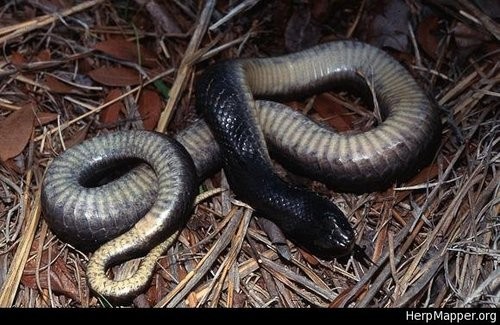Eastern hog-nosed snake
A species of Hog-nosed snakes, Also known as Deaf adder, Hog-nosed snake, Bastard rattlesnake, Black blowing viper, Eastern Hognose Snake Scientific name : Heterodon platirhinos Genus : Hog-nosed snakes
Eastern hog-nosed snake, A species of Hog-nosed snakes
Also known as:
Deaf adder, Hog-nosed snake, Bastard rattlesnake, Black blowing viper, Eastern Hognose Snake
Scientific name: Heterodon platirhinos
Genus: Hog-nosed snakes
Content
Description General Info
Description
Heterodon platirhinos, commonly known as the eastern hog-nosed snake, spreading adder, or deaf adder, is a harmless colubrid species endemic to North America. No subspecies are currently recognized.
General Info
Lifespan
4-12 years
Diet
Eastern hog-nosed snake, commonly referred to as the Eastern Hog-nosed Snake, feeds mainly on amphibians, with toads forming the majority of its diet. Their upturned snouts assist in digging out prey. Occasionally, they eat small mammals and birds.
Appearance
Eastern hog-nosed snake is a medium-sized snake with a thick, cylindrical body and slightly upturned snout. Its skin is covered in keeled scales which lend it a rough texture. The predominant colour is a brown to olive background splattered with darker blotches that form a saddle-like pattern. Younger specimens may have a brighter, more vivid pattern than adults. One prominent feature is its inflated neck during threats, which can draw comparisons to a cobra.
Behavior
Eastern hog-nosed snake are chiefly nocturnal, solitary creatures with an active foraging behavior. Known for unique defense mechanisms, they feign death or squirt an unpleasant musky secretion when threatened, and inflate their necks to deter predators. This species is non-venomous, using its rear fangs to puncture toads, its preferred prey.
Population
Stable
Scientific Classification
Phylum
Chordates Class
Reptiles Order
Lizards and snakes Family
Dipsadinae Genus
Hog-nosed snakes Species
Eastern hog-nosed snake 